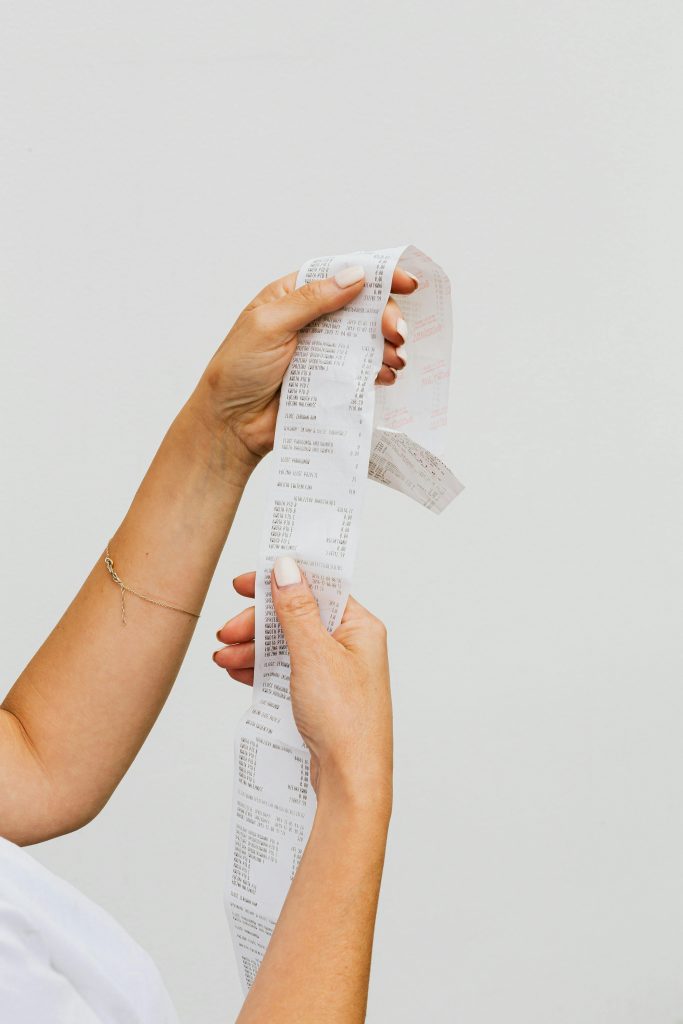A strong brand name is one of the most valuable brand assets. It’s the aspect most people are most likely to remember about your brand.
I get it. When you start your business, you don’t have the time or resources for a lengthy naming process.
But what if I told you that the name you choose now can make or break the future of your brand? A bad name can backfire, while a strong brand name can speed up your branding process.
Since changing the name later on can prove difficult and costly, you should choose a strong brand name right from the get-go.
Consider hiring an expert to guide you through the naming process.
If you still want to do it yourself, this article will show you how to create a strong brand name for your business.
Characteristics of a strong brand name
A strong brand name should meet the following criteria[1]:
- The name is different.
- The name is appropriate and triggers emotions.
- The name is available.
- The name is short.
- The name is easy to spell and pronounce.
- The name is easy to visualise.
- The name works across multiple languages.
Let’s look at each one of these aspects.
The name is different.
A good brand name is unique. It should differ enough from other brand names—especially from your competitors’—to avoid confusion.
The name is appropriate and triggers emotions.
A powerful company name is tailored to the industry and personality of the brand. Ideally, it also triggers emotions.
Avoid a name that is too descriptive. It could sound generic, confuse your customers, or hinder the brand’s future growth.
Happy Socks, for example, limits itself to producing socks. Isn’t it strange that the company also sells underwear?
The name is available.
Your brand name should be available for trademarking. Before you decide on a name, be sure to search through the trademark registry within your category to avoid any potential conflicts with similar-sounding names.
Also check the availability of URLs and social media handles. These can often be a challenge to secure. Fortunately, there are tools like Namecheckr that can help.
The name is short.
A good brand name shouldn’t have more than four syllables. Otherwise, customers might forget it or get lazy and invent—possibly damaging—abbreviations.
The name is easy to spell and pronounce.
A simple name is more likely to be shared. Simplicity also reduces the risk of people misspelling or misunderstanding the brand name.
The name is easy to visualise.
Marketing Expert and founder of Ogilvy, David Ogilvy, talks about an idea that “has legs”. He means that a name should easily translate into designs and communication campaigns.
An example of a legged name is Twitter. Although the name Twitter is fictional, the company couldn’t have used a symbol other than a bird. And who doesn’t know what a tweet is?
What a foolish move to change such a well-established name.
It works across multiple languages.
In today’s connected world, most brands reach an international audience.
It has never been more crucial that a brand name works globally. Research the meaning of the name in different languages to avoid pitfalls.
Consider Chevrolet’s experience when launching the Nova in Spanish-speaking regions.
“No va” translates to “it doesn’t go” or “it doesn’t work,” which added a significant challenge for the brand. To overcome this issue, Chevrolet renamed the car “Caribe” in Spanish-speaking markets.
Six types of brand names
Knowing your options will help you to create a strong brand name. We can classify most existing brand names into six categories:
- Founder’s name
- Descriptive name
- Metaphoric name
- Arbitrary name
- Altered name
- Acronym and Invented name
Founder’s name
The name of the company’s founder, often their last name, is used as a brand name, such as Ford or Zeiss.
Using founders’ names often results in unique and easily trademarked brand names.
However, it also means the brand becomes closely associated with the founder’s reputation. Consequently, the brand’s image may also suffer if the founder encounters any issues or scandals.
Additionally, founder names can be perceived as old-fashioned and may not sound emotional enough.
Descriptive name
Descriptive names indicate what the company does, e.g. Facebook or Kickstarter.
They convey a brand’s purpose well, so the marketing budget for customer education may be lower.
However, URLs and social media handles with a descriptive name may be hard to get hold of. There is also a risk of the name being too generic, inflexible or lacking emotion.
If you choose a descriptive name, you should consider adding emotion through your tagline.
Metaphoric name
Metaphorical names, like Puma’s, describe the essence of a brand by drawing parallels to something with similar attributes.
While metaphoric brand names can add creativity and freshness, they may also pose challenges. They could be misleading and make it difficult for customers to find the brand through online searches, particularly on platforms like Google.
Arbitrary name
Arbitrary brand names are words that have no obvious brand connection, such as Apple or Nike.
Like metaphoric brand names, arbitrary brand names can sound creative and refreshing. However, educating customers about the name and removing associations with the original word can be challenging.
Arbitrary brand names can also mislead, which makes them difficult to find on Google.
Altered name
Altered brand names are fictional names based on actual words, such as Spotify.
Altered names can be easy to trademark and usually convey the brand spirit well.
But watch out for customers misspelling the name. This makes it harder for them to find you.
Acronym and Invented name
Invented brand names are made-up words, such as Kodak.
Invented names can result in strong brand names that can end up standing for an entire category, such as Kleenex or Velcro.
They are usually easy to trademark. However, they can initially confuse customers, so educating people about the name may be challenging.
Seven steps to create your brand name
Before establishing a strong brand name for your company, it helps to define a strategic foundation for your brand. Find answers to questions like:
- What makes your company different?
- What do you want to be known for?
- Whom do you want to help?
- What’s your unique brand positioning?
- What’s your distinctive brand personality?
- What are your brand values?
With this foundation in place, your naming process will become much easier.
Now, let’s get into the seven steps:
- Brainstorm names for each of the above categories. Don’t try to limit yourself, and don’t overthink. Just write down everything that comes to mind.
- Narrow the list down until you have 5-10 names left.
- Perform a quick search to see which names are available as URLs and social media handles. If a name you like is unavailable, you can be creative with it. Try other domains (brandname.love) or weare[brand name].com etc.
- Ask a few people how they feel about the names you came up with. But be careful when interpreting their feedback. A new name has yet to grow its meaning. When the Nike founder decided on the name Nike, this is what he initially had to say[2]:
I don’t love it, but maybe it will grow on me.
—Phil Knight
- If you are not convinced, go back to the brainstorming phase. You can even try combining existing words to create new ones.
- Don’t forget to research the names in various languages.
- Once you are happy with a name, you can contact a trademark lawyer to find out if you can register the name.
You did it! With your new brand name in place, you can now think about your visual and verbal identity to bring your brand to life.
If you need help at any stage of your branding journey, I’d be glad to help.
References
[1] Adapted from Marty Neumeier’s classification. He defines a strong brand name as differentiated, brief, appropriate, easy to spell, satisfying to pronounce, suitable for “brand play,” and legally defensible. For reference and examples, read his blog post: “Strong vs. weak names”.
[2] Phil Knight, founder of Nike, in his memoir Shoe Dog, Simon & Schuster (2016)






